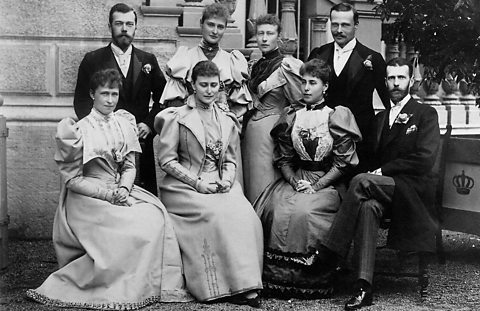Challenges to the Tsar's power
From the late 19th century through to the outbreak of World War One in 1914, a series of threats to the Tsar's authority developed. At the end of the war these factors led to revolution and brought about the end of 300 years of Tsarist rule.

The first major threat came during the rule of Nicholas II in the form of the 1905 Revolution:
- Strikes spread across the country and illegal trade unions were widespread.
- Grand Duke Sergei, Nicholas IIâs uncle, was assassinated near the Kremlin in Moscow.
- A mutiny broke out amongst the sailors on the battleship Potemkin.
- There was a general strike in October.
There are a number of long term and short term causes of the 1905 Revolution.
The Russo Japanese War 1904 â 1905
In 1904 war broke out between Russia and Japan. They were fighting for control over Korea and Manchuria. The war was a disaster for the Tsarist Empire.
In January 1905 the Russian held port of Port Arthur surrendered. This led to a great deal of resentment about the way the war was being conducted. Further defeats at Mukden and Tsushima embarrassed the Russian population and led to demands for reform. This contributed to the unrest and discontent which was building within the Tsarist Empire.